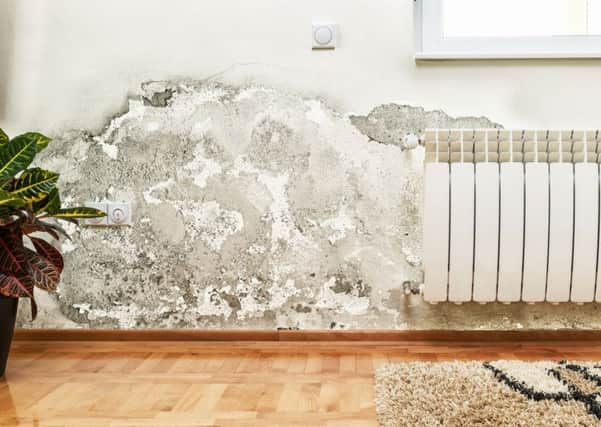Tips for dealing with wood rot


The fungus takes hold in damp, wet wood, but remains confined there (unlike dry rot, which spreads), so it’s usually straightforward to spot and deal with. Affected wood feels spongy and soft and will usually crumble when you press on it.
Wet rot often occurs in timber that’s routinely exposed to moisture, such as the outside of wooden windows and doors, especially if the paint or varnish has flaked off or cracked, but it can occur under paintwork that appears intact. The first thing to do is stop water coming into contact with your wood.
Advertisement
Hide AdAdvertisement
Hide AdTreating wet rot isn’t difficult. The wood’s soft so you can easily remove the worst of it. Use a wood-hardening liquid, such as Ronseal High Performance Wet Rot Wood Hardener (£7 for 250ml, B&Q) to harden the remaining wood, then fill on top, building the filler up in layers if necessary. Polycell Polyfilla for Wood - Large Repairs (£9.99 for 500g, Homebase) is an ideal option. If the rot’s widespread, it may be easier to remove all of it and splice in a new piece of wood - or get a carpenter to.
Dry rot is also caused by a fungus (serpula lacrymans), but one that’s far more destructive. Whereas wet rot often occurs in exposed places, dry rot is more likely to be hidden. It thrives in moist, poorly ventilated spaces, such as under wooden stairs and floorboards, making it hard to spot. Another problem with dry rot is that the spores travel fast, so the whole structure of a building - both the walls and timber - can be infected in a relatively short space of time. The signs to look out for are wood cracking in a cuboidal way, a musty odour and mushroom-like growths. The growths can be different colours - they’re often whitish grey (sometimes with patches of yellow and lilac) and when they’re most dangerous, orangey-ochre, with spores resembling brick dust.
To treat dry rot, you need to solve the cause of the damp. All the affected wood, and wood on either side, must be removed, but doing so can spread the spores, so the remaining timber (and walls) must be treated to prevent infection. Any structural woodwork will usually need to be replaced. This isn’t a simple DIY job and because it’s so important to eliminate the fungus completely, is best left to the professionals.